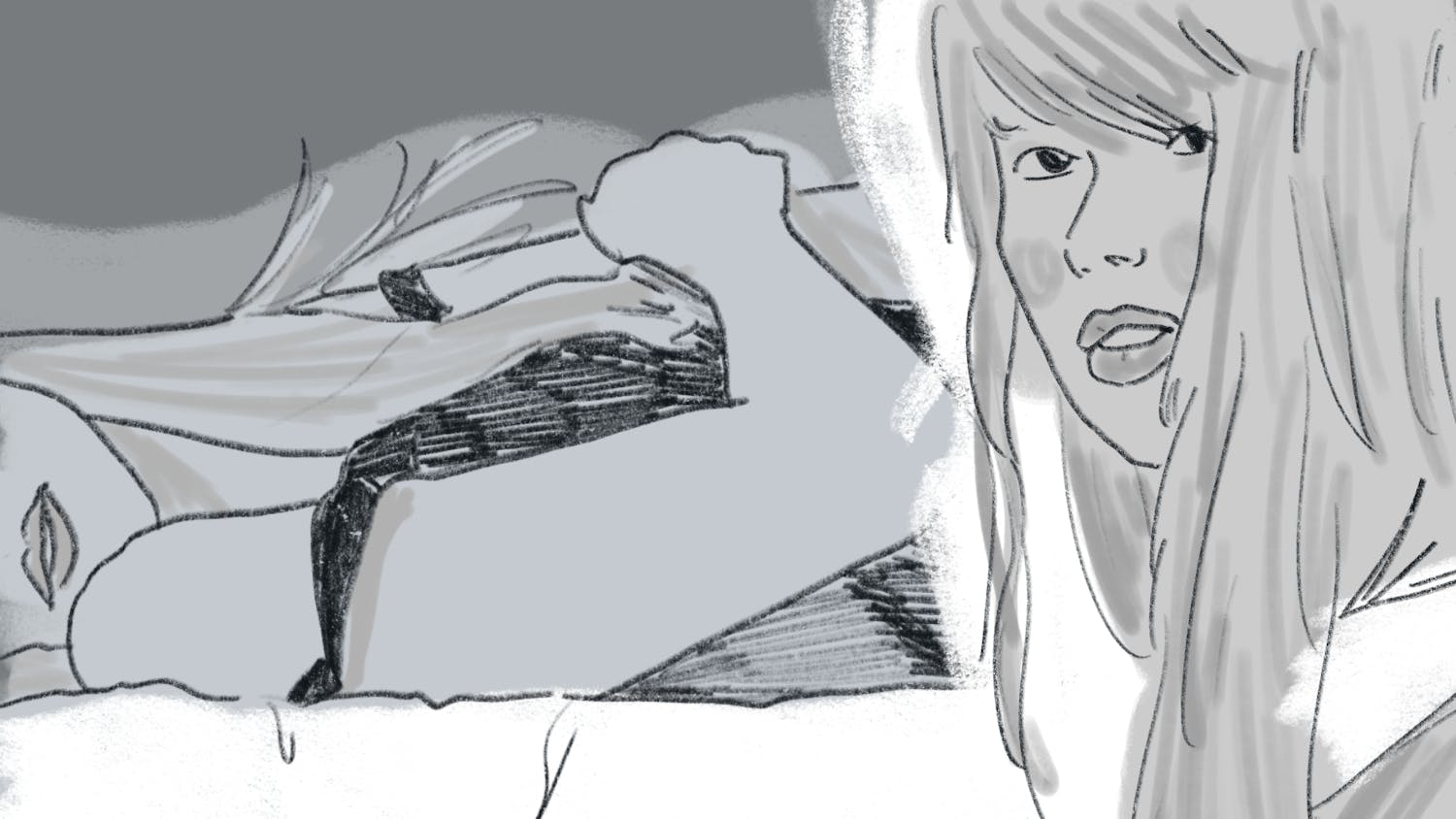The critically acclaimed “Three Billboards Outside Ebbing, Missouri” received a second wave of attention during Oscar season last month. In the wake of a generally positive initial reception, “Three Billboards” received backlash as the Oscars drew closer because of the way the film seems to redeem Jason Dixon (played by Sam Rockwell, who won an Oscar for his performance), a violent and racist police officer. But upon a critical reevaluation of the film’s complicated message, it’s clear that “Three Billboards” doesn’t redeem Dixon. No character, protagonist or not, can be seen as completely good in the first place. That’s precisely what director and writer Martin McDonagh articulates through his emotional, dramatic and painfully realistic film — human nature and personal relationships can’t be seen inblack and white. McDonagh’s captivating and thoughtful “Three Billboards” shows that the definition of what is right and wrong is a circumstantial, biased blur, and that no person can truly be redeemed.
The plot is interesting but doesn’t seem jarringly unique at first. The protagonist, Mildred Hayes (Frances McDormand, who also won an Oscar), is a divorced middle aged woman who lives and works in the small town of Ebbing, Missouri with her son Robbie (Lucas Hedges). The film begins with Hayes renting out three old, forgotten billboards on the outskirts of town. On the billboards, she leaves provocative messages about the abduction, rape and murder of her teenage daughter Angela (Kathryn Newton).
It’s true that there have been plenty of movies about wrathful parents seeking justice for their victimized children — the “Taken” franchise comes to mind. But rather than telling a story centralized on a parent’s actions, “Three Billboards” relates how Hayes’s messages catalyze a series of life-changing events for multiple people in Ebbing. McDonagh does an excellent job of mixing the perspectives of the characters so homogenously that by the end of the film, the roles of hero and villain become muddled, leaving viewers unsure of their satisfaction with the outcome. Simply put, none of these characters are going to heaven.
For example, the violent murder of her daughter Angela is the crux of Hayes’s character. Angela’s murder gives rise to a stone-faced, vengeful ball of fury who pushes away love and care and isn’t afraid to break laws or offend and hurt people to express her anger. Toward the beginning of the film, the graphic nature of the murder makes the audience sympathize with Hayes. But as the film progresses, she begins to slip from the moral high ground, leaving the audience wondering whether her actions could still be understood as the vengeance of an angry mother. When her dentist passive-aggressively expresses disapproval of her billboards and the effect they have on the police chief, she doesn’t hesitate to grab his dental drill and push it through his thumbnail. Even more shocking is the scene in which she sets the police station on fire by throwing Molotov cocktails through the window.
Yet it is difficult to condemn her, not only because of the degree to which she was hurt, but also because she is likable — especially because of her sharp and humorous tongue, which does not hesitate to offend when appropriate. She is the epitome of a classic anti-heroine. Her motivation is understandable though her methods are questionable, and throughout the course of the roughly two-hour film, her moral standing slowly disintegrates as a result of her rage. To add yet another complication in evaluating her character, Hayes apologizes and displays a somber, regretful attitude toward the conclusion of the movie, making it difficult for the audience to side with or against her.
A similar difficulty in judging character arises with Dixon, the target of the backlash rendering controversial an otherwise widely-acclaimed film. Dixon is an unlikeable, irrational bigot with anger management issues, the film’s natural villain. On the other hand, Chief Willoughby (Woody Harrelson) — who, despite his responsibility in Ebbing Police Department’s failure to find Angela’s murderer, is a continuously likable character — consistently advocates for Dixon. Willoughby’s evaluation seems laughable at first, but turns out to be foreshadowing Dixon’s change. His character development is not meant to erase his brutality or sloth in the first half of the film, as many critics allege. Rather, it speaks to the complicated nature of personhood and justice. Certainly, Dixon changed for the better in some ways. He becomes more dedicated to his work as a police officer and attempts to think more clearly. Yet he still maintains many of his negative characteristics. His main act of “heroism” is drunken and violent and leads to the film’s open ending which leaves him poised to commit murder in a twisted act of justice. Not only does that sully his improving reputation, it ensures that Dixon is leading his life to ruin. To say that the ending depicts Dixon as a hero is a gross misunderstanding of Dixon’s character arc.
These complications in human nature make the audience reconsider their understanding of right, wrong and responsibility. The witty dialogue and powerful acting accentuate the refreshing believability of the plot points and characters’ responses. Moreover, the raw emotion of the story engrosses the audience in the metaphorical trial happening in the film. “Three Billboards” successfully exposes the intricacies of justice, the faults of the justice system and the heart-wrenching violence of police brutality.




